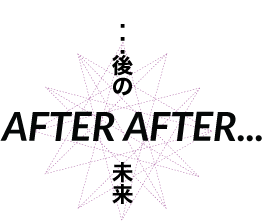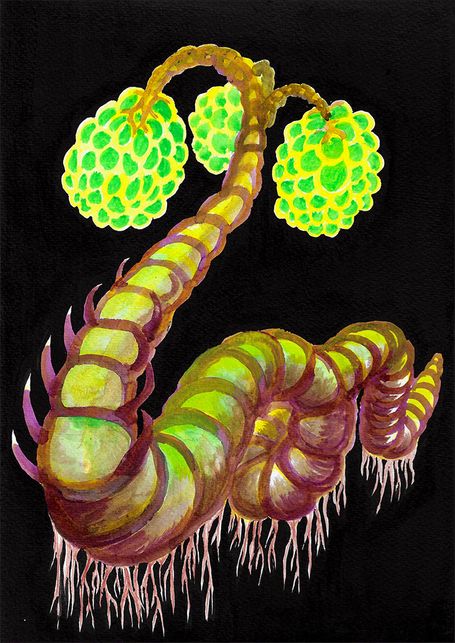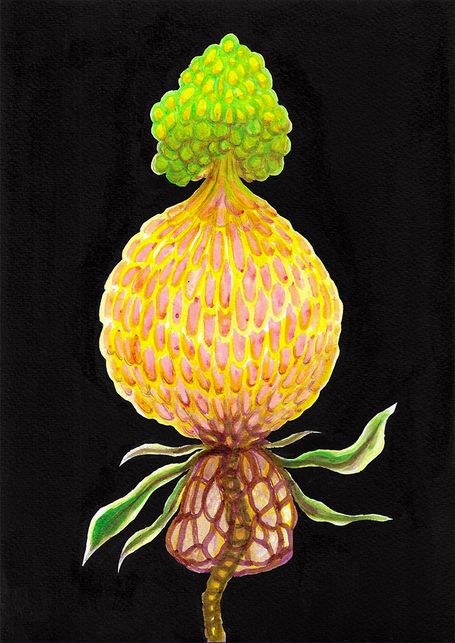22
SEPT
2022
ENTANGLACULTURE AT KEW
For us, the opportunity to share work in exhibitions is also to create a space to invite outside experiences, stories and knowledge into the development of the ideas. One particular insight that a visitor shared in a recent exhibition at Kew Gardens stays with us. The conversation creates a connection between Ancient Greece and Japan through folklore tales of lightning and fungus.
The conversation reflects the concept of the new work called Entanglaculture and builds new dimensions to a growing interest of the role of story, myth and folklore to ‘know without knowing’.
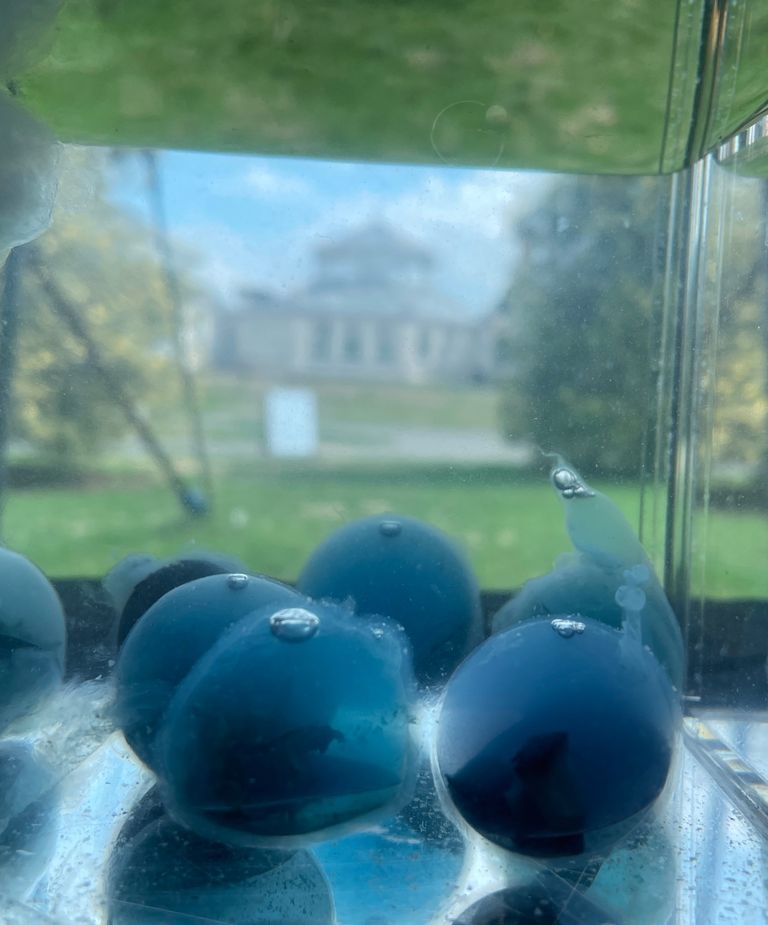
The chance connection that emerged through this conversation is revealing on several levels. Chance encounters are just that, down to chance, and it is a good reminder for us to be open to invite, receive, and take notice of these exchanges. Also, the experience enforces a process underpinning a concept in the work - there’s so much we cannot plan for, or outside the grasp of seeing the bigger picture. There are powers of randomness and synchronicity at work. It feels at times we are a lens to refocus something or an experience for a fleeting moment. However, we can create opportunities to enrich our work or ideas through these chance encounters.
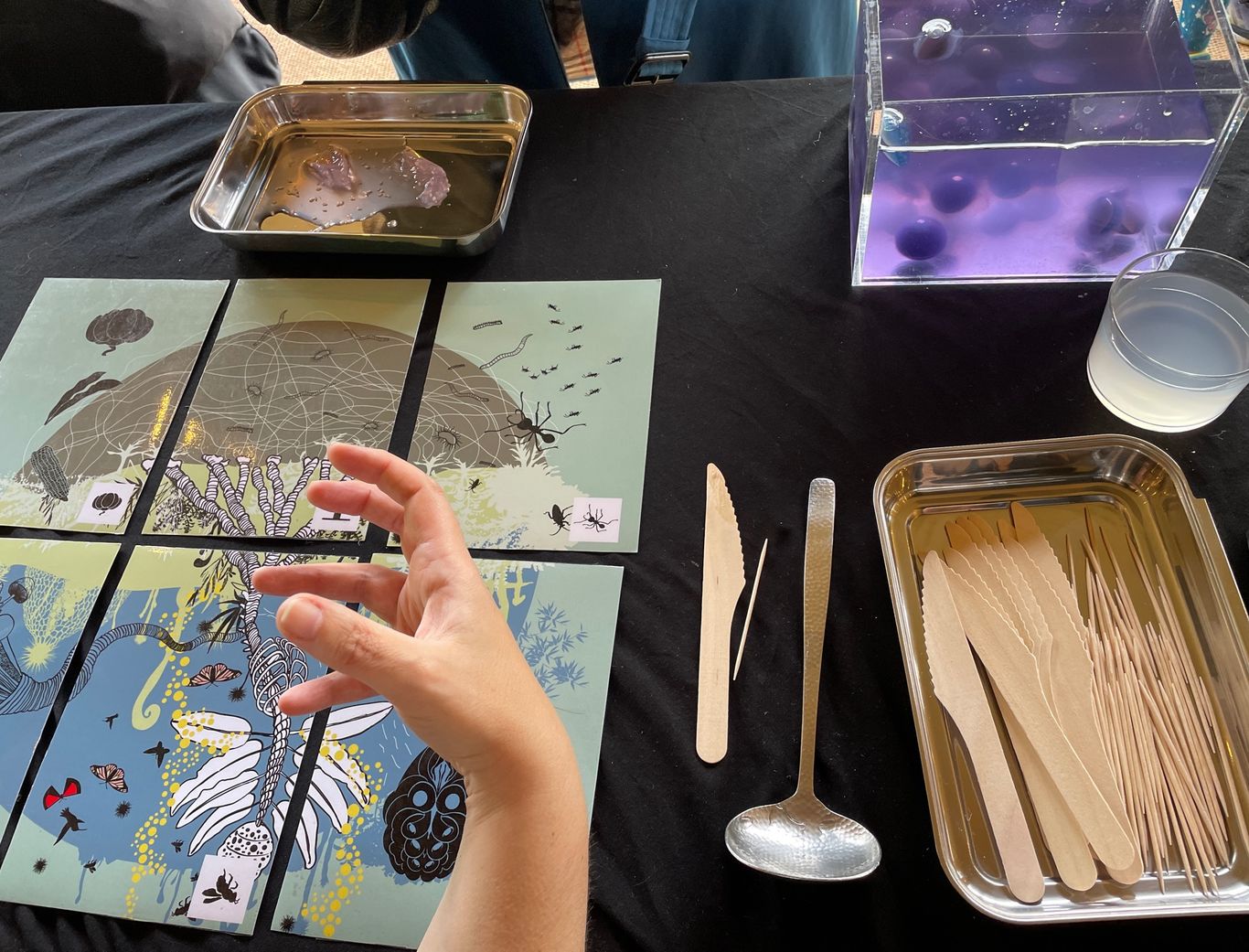
And when we review systems behind some of the pieces within Entanglaculture, we see methods of synchronicity at work and ways cultural frameworks such as stories can work within this. Several influences inspire this view. These include Roman Krznaric when referring to anthropologist Wade Davis’s idea of the Ethnosphere. He says alongside the biosphere, the Ethnosphere “contains the swirl of ideas, beliefs, myths and attitudes that are prevalent in society, and that constitute the worldviews shaping how we think and act.” [p219. Roman Krznaric. The Good Ancestor. How to think long-term in a short-term world. Penguin Random House, 2020.]
To create a bridge between the ecological biosphere and the Ethnosphere, as proposed by Davis, we created a deck of Entanglaculture cards to be used within a performative divination-like process. This is something akin to tea-leaf reading. Rather than telling a future, the process builds a connection to explore future possibilities, using examples of ecological networks beyond the human world, creating responses in the Ethnosphere.
At the same time, the Entanglaculture fortune process acknowledges the limitations of human perception and the capacity to see the bigger picture. It instead welcomes the chance to build serendipitous connections between concepts in the work and to engage the audiences’ own experiences. Each encounter and visitor builds a new narrative in the work. With every person, the piece builds its own framework for a moment in time, to be carried on into the future in whatever form the visitor chooses.

image by RBG Kew
When we look at the heart of Entanglaculture as building possibilities for future worlds where everything connects, it makes sense that the deck constructs and navigates paths of chance connections. For a moment in space and time, we weave constructs of new realities. In turn, these reveal the scale and precarious nature of the realities we inhabit, that anyone can reimagine and inform at any time. The work also uncloaks the empowerment we have to imagine different realities that are equitable and to meet a climate crisis. We don’t have concrete answers, but we can build tools of possibility through the artwork. Perhaps we can see these as an extended hand to join us on paths of chance.
